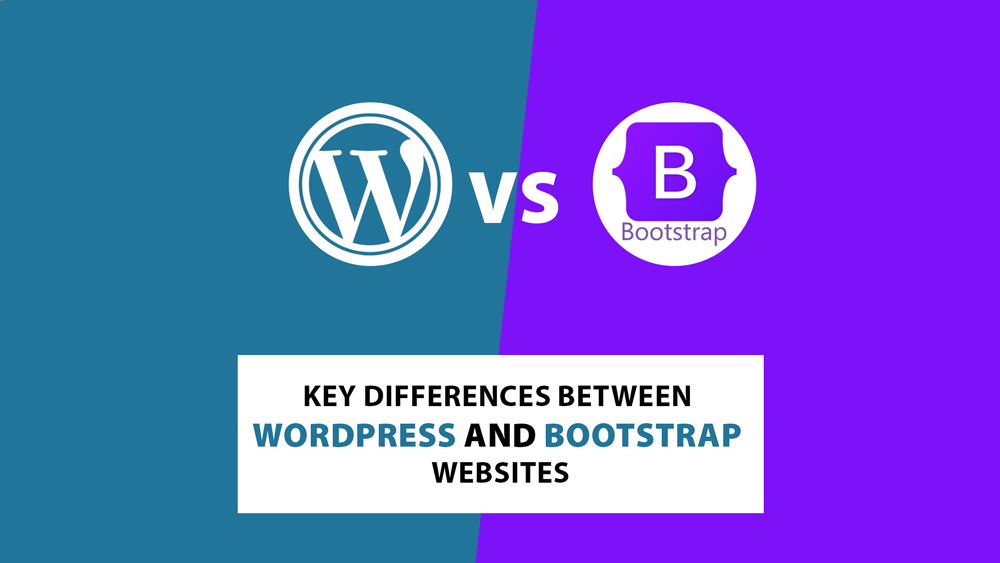Choosing the right technology for building a website can significantly impact its performance, scalability, and user experience. Two popular tools often compared are WordPress and Bootstrap. Understanding their core differences, advantages, and disadvantages will help you decide which is best for your project.
What is WordPress?
WordPress is a free and open-source content management system (CMS) that powers over 43% of all websites on the internet as of 2024 (W3Techs, 2024). It allows users to create, manage, and publish content easily without needing extensive coding knowledge. It supports themes and plugins, enabling customization and functionality expansion.
What is Bootstrap?
Bootstrap is a popular open-source front-end framework initially developed by Twitter for building responsive and mobile-first websites. It provides pre-designed HTML, CSS, and JavaScript components, facilitating faster web design and development (Bootstrap Documentation).
Key Differences Between WordPress and Bootstrap
- Nature of Tool: WordPress is a full-fledged CMS, while Bootstrap is a front-end framework.
- Use Case: WordPress is ideal for dynamic content sites like blogs, e-commerce, and portfolios. Bootstrap is suited for custom, responsive UI design in any web project.
- Technical Skills Required: WordPress users can manage websites with minimal coding. Bootstrap requires web development knowledge, including HTML, CSS, and JavaScript.
- Customization: WordPress relies on themes and plugins for customization, which can be limiting. Bootstrap offers complete design control but needs manual coding.
- SEO and Performance: WordPress offers SEO plugins like Yoast for optimization but can get heavy with plugins. Bootstrap sites can be leaner, potentially faster if coded well.
Advantages of WordPress
- Easy content management with a user-friendly dashboard.
- Vast ecosystem of themes and plugins.
- Strong community support and regular updates.
- Built-in SEO tools and integrations.
- Supports multi-user roles and permissions.
Reference: WordPress Official Site
Disadvantages of WordPress
- Performance can degrade with excessive plugins.
- Security vulnerabilities if not updated regularly.
- Limited design flexibility without coding.
- Possible compatibility issues with themes/plugins.
Advantages of Bootstrap
- Fully customizable UI components.
- Mobile-first and responsive design out of the box.
- Consistent cross-browser compatibility.
- Lightweight, if only required components are used.
- Large developer community and extensive documentation.
Reference: Bootstrap Official Documentation
Disadvantages of Bootstrap
- Requires web development skills (HTML, CSS, JS).
- No built-in CMS or backend support.
- Designs can look similar if customization is limited.
- Manual handling needed for SEO and content management.
Which Should You Choose?
If you want a quick-to-launch, content-rich site with minimal coding, WordPress is the preferred choice. For projects demanding highly customized UI and design control, and if you have web development skills, Bootstrap is ideal.
In many cases, developers combine the two — using WordPress as a backend CMS and Bootstrap for front-end design.
